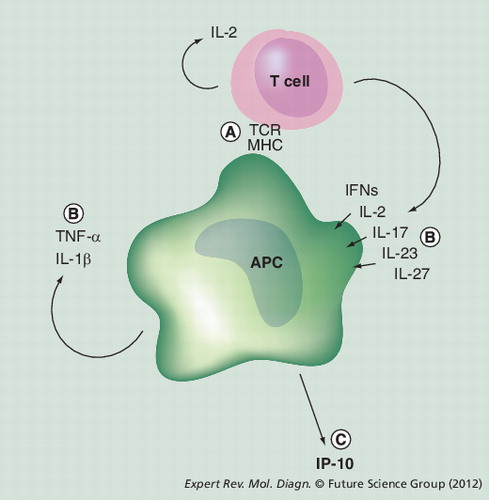Figures & data
Table 1. Selected studies assessing the performance of IP-10 in patients with confirmed or clinically assessed active tuberculosis.
Table 2. Selected studies assessing the specificity of IP-10 in unexposed healthy controls.
Table 3. Selected studies assessing the performance of IP-10 in children.
Table 4. Selected studies assessing the performance of IP-10 in immunosuppressed patients with active tuberculosis or tuberculosis exposure.
Table 5. Overview of assays used to detect IP-10 and potential cutoffs linked to the assays.
